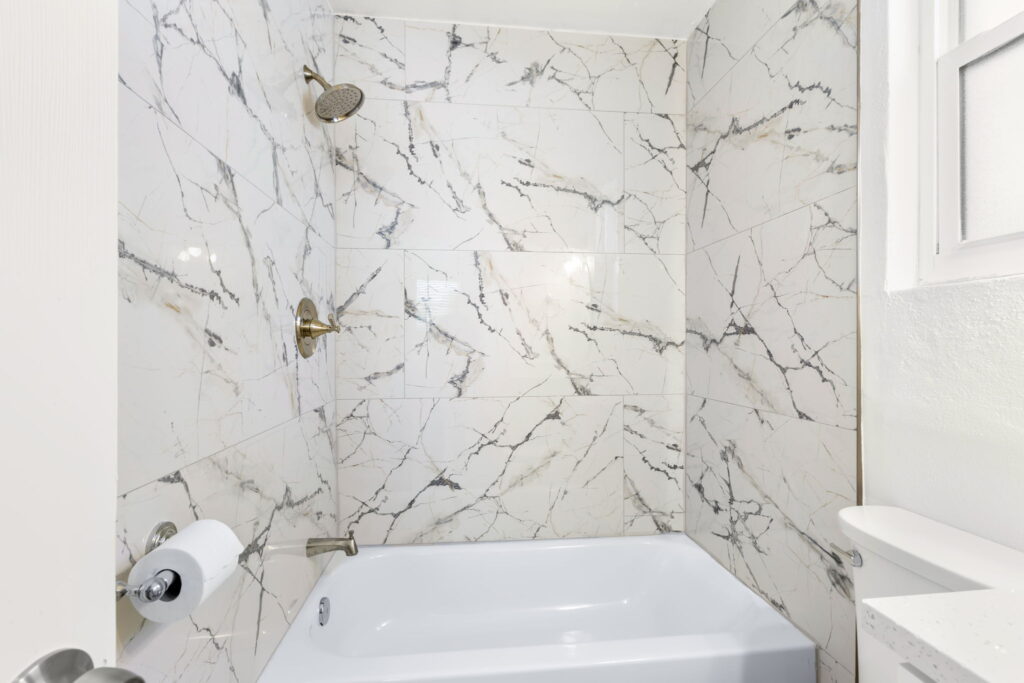
What Is the 30 Rule of Home Renovation? A Smart Guide to Budgeting
Renovating your home is an exciting journey — but without a clear strategy, it can quickly turn into a financial burden. To prevent budget overruns and stressful surprises, many industry professionals recommend following the 30 rule of home renovation. But what exactly does this rule mean, and how can it guide smarter, results-driven renovation planning?
Understanding the 30 Rule of Home Renovation
The 30 rule of home renovation is a budgeting principle suggesting that you should allocate no more than 30% of your home’s value toward home improvements. This rule serves as a financial guardrail, helping homeowners make renovations that improve comfort, functionality, and resale value — without over investing beyond what the market will bear.
For example, if your home is worth $400,000, your total renovation budget should not exceed $120,000.
Why Home Renovation Budgets Fail
Many homeowners fall into common traps that lead to overspending:
- Underestimating costs: Remodeling Magazine’s 2024 “Cost vs. Value” report shows that average bathroom remodels now exceed $25,000, and kitchen renovations often top $75,000.
- Scope creep: Adding “just one more thing” can balloon costs by 20–30% mid-project.
- Ignoring hidden problems: Structural damage, outdated wiring, or water issues can add thousands in unexpected repairs.
- Over-customization: Investing in ultra-personalized designs can limit resale appeal and reduce ROI.
The 30% rule offers a disciplined approach to budgeting, ensuring renovations remain financially sound, practical, and beneficial in the long term.
The Plan: How to Apply the 30 Rule to Your Renovation Budget
1. Determine Your Home’s Current Value
Start with a realistic home appraisal or use recent comparable sales in your neighborhood. Many homeowners rely on online tools like Zillow’s “Zestimate,” but an in-person appraisal provides a far more accurate benchmark for budget planning.
2. Set Your Maximum Budget
Multiply your home’s value by 30%. This figure represents your absolute maximum renovation budget — not a starting point to exceed. It’s the cap that ensures you invest responsibly without pricing yourself out of your neighborhood’s market range.
Example Calculation:
- Home Value: $350,000
- 30% Maximum Budget: $105,000
According to the National Association of Realtors (NAR), strategic remodeling within this limit yields the highest returns, especially for kitchens, bathrooms, and curb appeal upgrades.
3. Prioritize High-ROI Projects
Focus on renovations that offer strong returns on investment (ROI) and enhance everyday functionality. Remodeling Magazine’s data shows these projects deliver the best value:
- Garage Door Replacement: 102.7% ROI
- Minor Kitchen Remodel: 71.2% ROI
- Entry Door Replacement (Steel): 68.8% ROI
- Bathroom Remodel (Midrange): 66.7% ROI
Low-return projects like luxury pools or extravagant home theaters often fail to recoup costs unless you are in a high-end market.
4. Break Down Costs Clearly
Organize your budget into major categories:
- Labor: 30%–40%
- Materials: 30%–40%
- Permits and Fees: 5%–10%
- Design and Architecture: 10%–15%
- Contingency: 10%–15%
A contingency reserve is critical. According to the Home Improvement Research Institute, 78% of major remodels exceed initial estimates due to unforeseen issues — having a contingency prevents financial derailment.
The Transformation: Smart Renovation Budgeting in Action
Budgeting a Home Renovation
- Home Value: $500,000
- Maximum Budget (30% Rule): $150,000
- Project Goals: Kitchen remodel, two bathroom updates, new flooring throughout
Budget Allocation:
- Kitchen Remodel: $50,000
- Bathroom Remodel 1: $20,000
- Bathroom Remodel 2: $15,000
- New Flooring: $25,000
- Contingency Fund (15%): $22,500
- Permits/Fees: $5,000
With disciplined planning guided by the 30% rule, the homeowner updates key areas, enhances property value, and maintains financial stability — avoiding the stress of runaway costs.
The Johnson Family Renovation
The Johnsons purchased a home valued at $420,000. Excited to personalize their new space, they initially considered a whole-house remodel costing $180,000. After consulting a contractor and financial advisor, they learned about the 30% rule and revised their plan to stay within a $126,000 maximum budget.
They prioritized critical projects first: updating the kitchen, renovating the master bathroom, and improving energy efficiency with new windows and insulation. The Johnsons allocated:
- Kitchen remodel (midrange): $50,000
- Master bathroom remodel: $30,000
- New windows and insulation: $20,000
- Contingency reserve: $18,000
- Miscellaneous permits and fees: $8,000
By sticking to the 30% rule, they avoided financial overextension, completed their renovations on time, and even boosted their home’s market value by nearly $60,000 based on a post-project appraisal. Their strategic planning paid off, leaving them with a refreshed, functional home and solid financial peace of mind.
Additional Budgeting Best Practices
- Phase Projects: Spread renovations over time if needed to stay under budget.
- Reuse and Refurbish: Refinish cabinetry or repurpose fixtures to cut costs.
- Negotiate with Contractors: Bundling projects often yields better pricing.
- Compare at Least Three Bids: Always validate labor and material costs through competitive quotes.
Using the 30 Rule to Renovate Smarter, Not Harder
Home renovation can be transformative, but without disciplined budgeting, it can become a financial liability. The 30 rule of home renovation provides a clear, results-oriented framework that protects your investment, maximizes your home’s value, and ensures lasting satisfaction.
By embracing the 30% rule — determining your home’s value, setting a firm budget, prioritizing smart improvements, and planning carefully — you can confidently embark on a renovation that elevates your living space and secures your financial future.
Ready to renovate smarter? Start today by applying the 30% rule and watch your dream home transformation unfold — responsibly, beautifully, and on budget.
